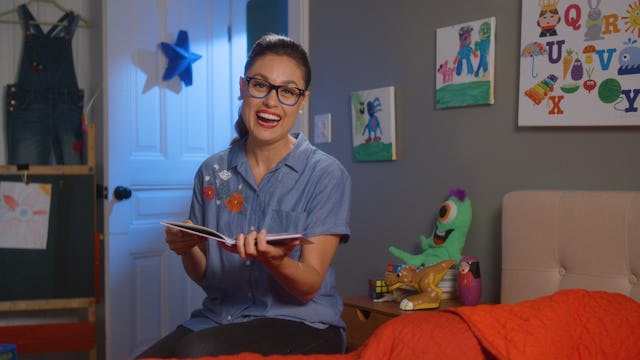Curious About An IUD? Let Madge The Vag Help You Decide

After my second son was born, I knew we were done. I was ready to close up shop on the baby-making gig. My husband and I were certain our family was complete.
Well, pretty certain anyway.
I wanted long-term birth control, but not permanent. After a long bout with secondary infertility and recurrent miscarriages exacerbated by hormonal imbalances, I was reluctant to regulate my menstrual cycle hormonal, but I also wanted something that I didn’t need to think about.
RELATED: What Is Sex With An IUD Like? Is Rough Sex OK? All Your Pressing Questions, Answered
Enter: the IUD.
I got it inserted 8.5 years ago, and it has been fantastic ever since. Everyone is different, and your experiences may differ, of course.
If you’re thinking about getting an IUD (or intra-uterine device), there are a few things you should know:
1. There are two kinds of IUDs — hormonal and non-hormonal.
2. IUDs are 99% effective.
3. Insertion doesn’t require surgical procedure, but timing of insertion needs to be timing to your cycle.
4. The IUDs offer long-term birth control. The non-hormonal IUD can remain in place for up to 10 years, and the hormonal IUD can remain in the body for up to 5 years.
5. The IUD is inserted through the vagina into the uterus.
6. Some partners can feel the strings during intercourse, but generally they go unnoticed.
7. Insertion is relatively painless, but you might feel a little crampy immediately after insertion.
8. The progesterone-containing IUD might result in lighter (or non-existent) periods. The non-hormonal (or Paraguard) IUD might make your periods heavier or more painful. (Though, in my case, the Paraguard hasn’t impacted my periods at all.)
To learn more about the IUD, our very own Madge the Vag sits down with Dr. Angela Jones to address common concerns and questions.
[ss_featured_video]
This article was originally published on